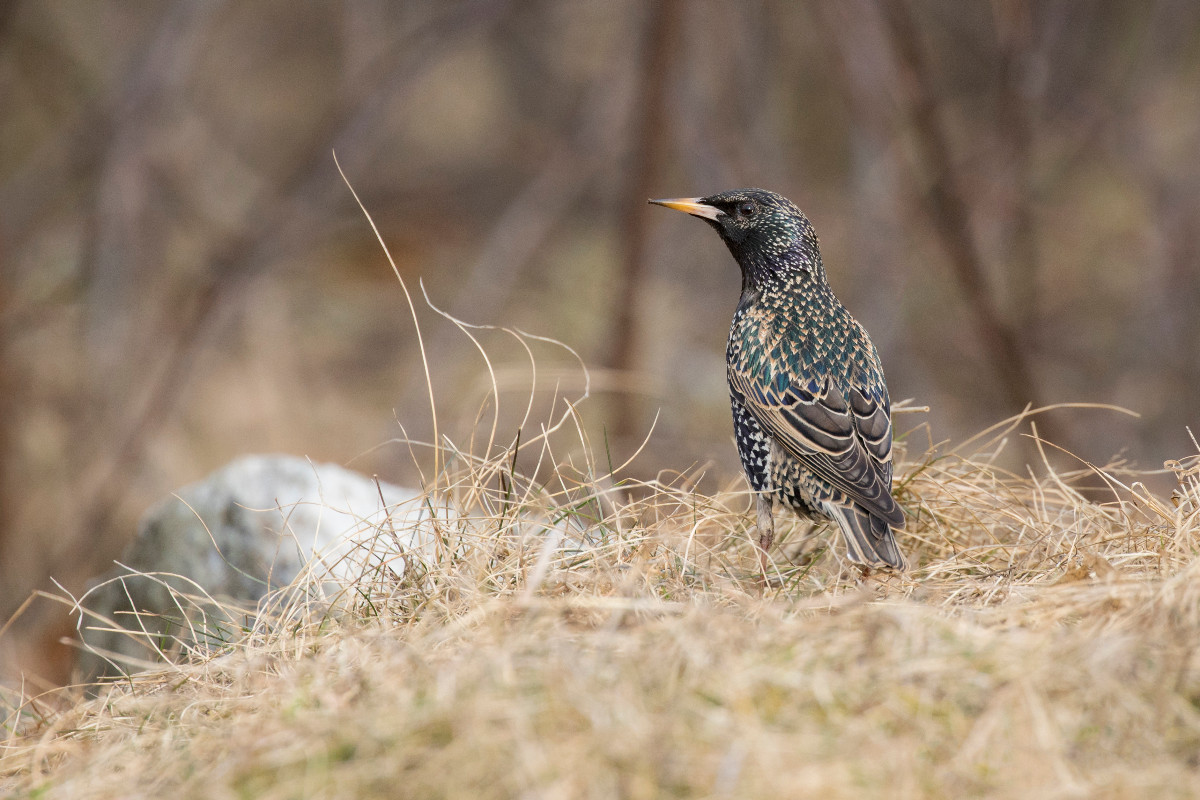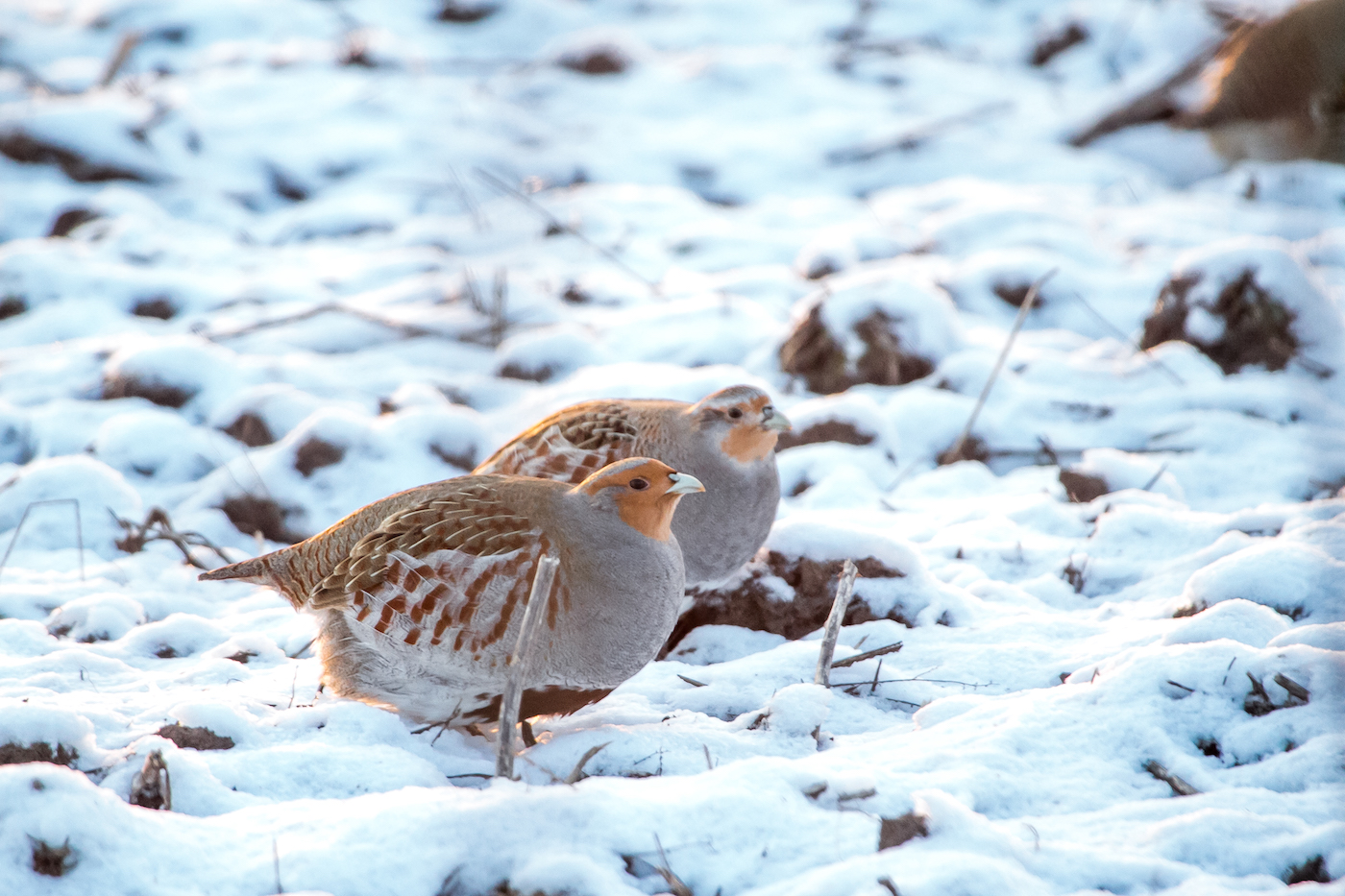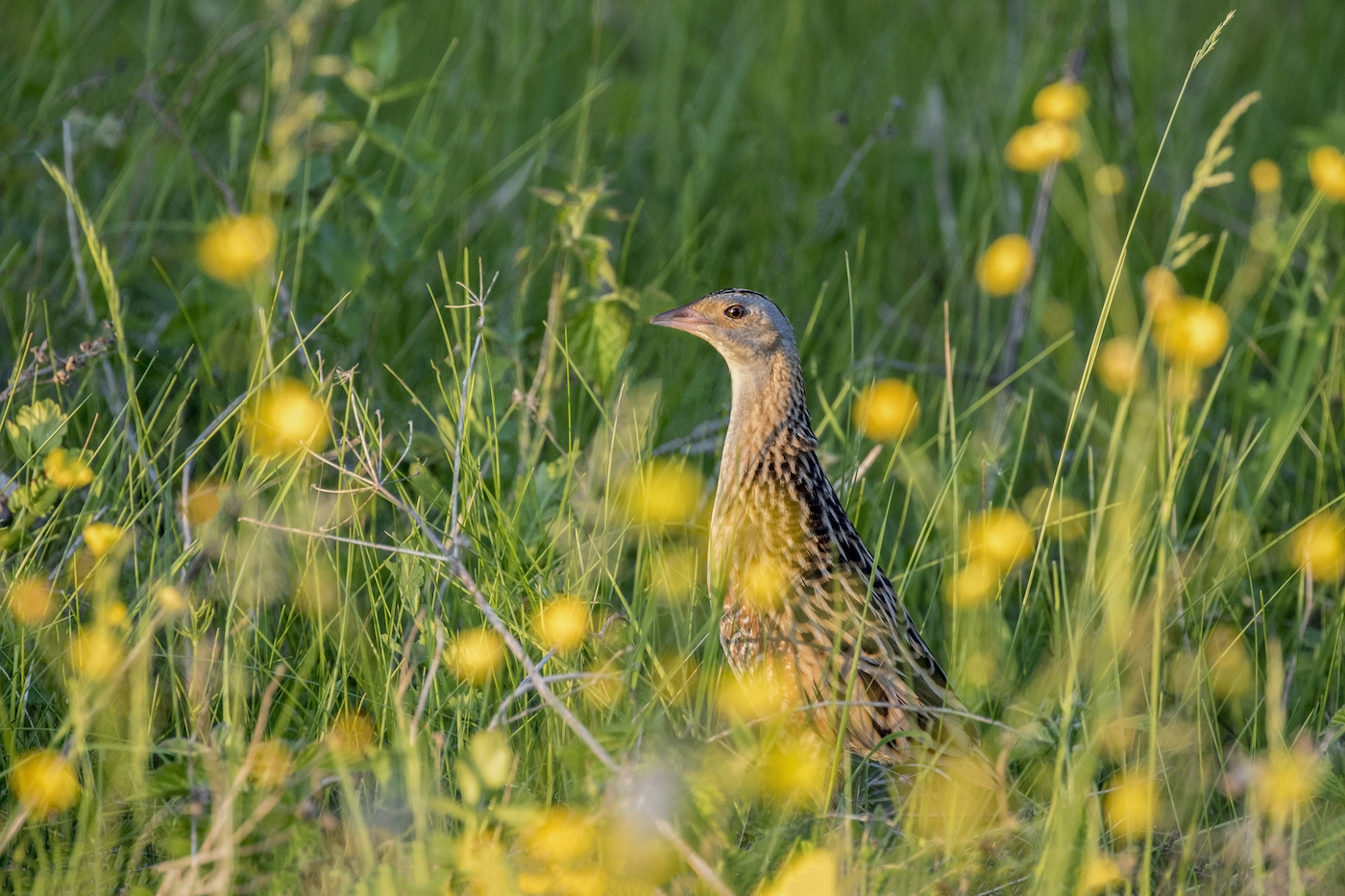The number of birds nesting in agricultural landscapes is declining in Estonia and the rest of Europe. Between 1983 and 2020, the population of Estonian farmland birds decreased by 50%, i.e. in less than 40 years, we lost half of our farmland birds. Thus, the status of farmland birds is a matter of concern and the environmental measures implemented so far in agriculture have not been able to prevent negative changes.
In the course of the LIFE-IP ForEst&FarmLand project, we are testing measures in the fields that could halt the deterioration experienced by birds and increase the numbers of at least some species. Although there are many suitable examples of bird-friendly environmental measures from other countries, their effectiveness under Estonian conditions must be verified by research.
The most abundant bird species found in Estonian fields and grasslands is the Eurasian skylark, which comprised 60–79% of nesting pairs in the period 2010–2020, depending on the year. The Eurasian skylark is followed by the whinchat, the northern lapwing, the meadow pipit, the common whitethroat, and the yellowhammer. Examples of well-known farmland birds are the corn crake, the grey partridge, the white stork, and the common starling. The last two birds do not nest in the field, but they do feed there.
All breeding birds on the entire agricultural landscape fall within the field of interest of the project, and we are monitoring three species – the corn crake, the grey partridge, and the common starling – via modern GPS transmitters.
Nesting on grasslands, the corn crake is a predominantly nocturnal species of bird, with the vocalisations of the male bird being familiar to everyone. As the population of corn crakes is declining, the aim of the study is to test the effectiveness of the two types of facilitation techniques for the species. The benefits of mowing as late as possible are well known and do not need to be proven. The measures to be studied in the LIFE-IP ForEst&FarmLand project are leaving patches unmowed (< 5% of the grassland area) and mowing biennially. For the study, a modern GPS transmitter will be placed onto 25 corn crakes in Central and Southern Estonia, via which we will monitor their habitat use. We will also determine the population density of other farmland bird species in the study areas.
The grey partridge is a bird species with a rapidly declining population, which enjoys diverse agricultural landscapes. Based on the example of its habitat selection, we assess the importance of various environmental measures (conservation and creation of landscape elements, strips of grassland) and the overall diversity of the landscape. A GPS transmitter will be placed onto at least 25 grey partridges, via which we will monitor the habitat use of these birds in different landscapes.
The common starling is a model species in the study of the unsown patches measure. In Europe, this measure has also been referred to as the ‘skylark plot measure’, as skylarks nest more often in fields with unsown patches than in other fields. When sowing cereals, rapeseed, legumes, and other crops, the farmer is able to leave small areas unsown. These patches of land are favourable for birds in terms of both better nesting and feeding conditions.
We study the effects of patch size, placement (relative to the edge of the field) and density, and conduct a classical bird census in fields with unsown patches to see if more birds nest and feed in fields with patches than in fields without patches.
We also use GPS transmitters to study how birds use unsown patches. Common starlings nest in yards and, if there is a suitable nesting site, at the edge of forests; however, they visit open landscapes in search of food. By placing nest boxes near fields with unsown patches and marking the old birds there with a GPS transmitter, we can determine if and how often the common starlings use the unsown patches as a feeding ground.
The studies on the habitat use of farmland birds ends in 2025; at that time, bird experts will submit proposals on which nature-friendly agricultural measures should be implemented in Estonia in the next financing period of the European Union’s Common Agricultural Policy.
Overview of the main findings can be found in the report (March 2025).


